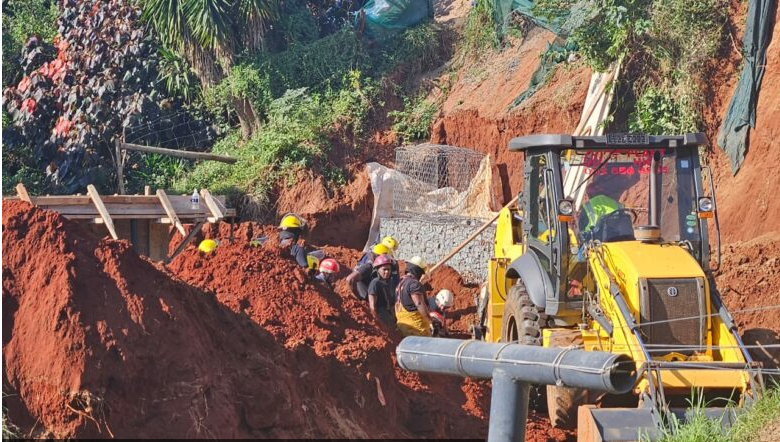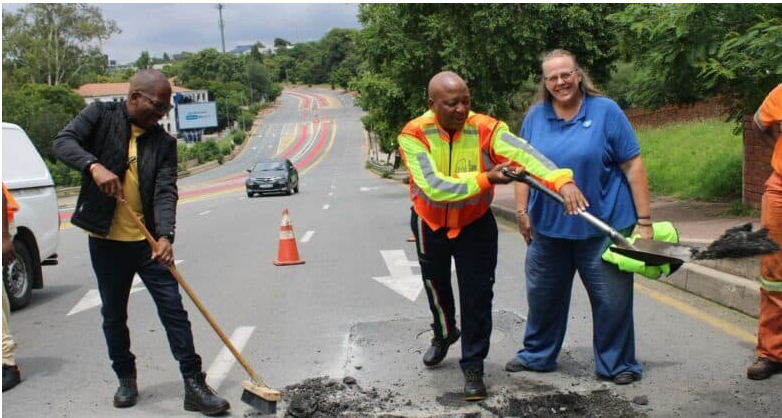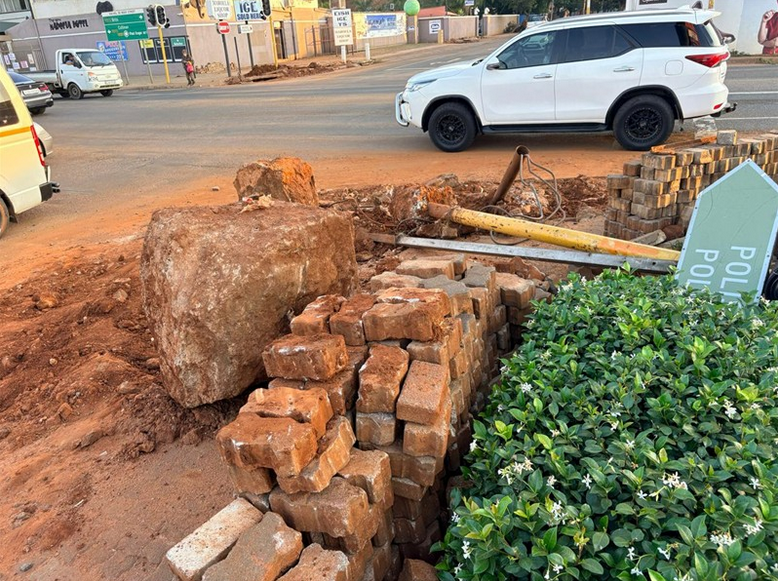Construction industry under scrutiny after fatal collapses

Advertising
14-06-2024
Read : 562 times
North Coast Courier
Source
Accidents are preventable, yet the construction industry currently has some of the highest incident rates compared to other industry categories in South Africa.
The construction industry has again reached the headlines for all the wrong reasons with the recent building collapse in George and the collapse of an embankment in Ballito which killed four construction workers, and critically injured a fifth laborer.
Accidents are preventable, yet the construction industry currently has some of the highest incident rates compared to other industry categories in South Africa.
Some factors contributing to the loss of lives in the construction sector include the following:
– Clients appointing the cheapest contractor.
– Professionals and contractors cutting corners to maximise profit.
– Lack of skills and competency in the construction industry.
– Poor enforcement of the Occupational Health & Safety (OHS) legislation by enforcement agencies.
As a client looking to build, for example a double story dwelling for private use, you need to understand your obligations under the Construction Regulations of 2014.
You should be guided regarding these requirements by your principal agent (architect or project manager), who often appoints a health and safety agent.
As the client you are required to do the following;
– Ensure you appoint a principal contractor who has demonstrated the means and competencies to complete the project safely.
– Ensure your principal contractor has notified the Department of Employment and Labour of the construction work.
– Develop a baseline risk assessment identifying the project’s OHS risks.
– Develop a safety specification stipulating the OHS requirements to be met by the principal contractor.
– Review and approve the principal contractors safety plan (their roadmap for OHS compliance for the project).
– Monthly auditing of the contractors to ensure they adhere to the safety plan.
– Stop any work which is deemed as unsafe.
– The above must be performed by a competent person, which generally means appointing a health and safety agent.
Having been involved in many incident investigations, I can attest to the importance of understanding your liability regarding an incident.
OHS law looks at the “reasonable man principle” – they will consider the incident and what role each or the responsible parties had to play and whether they had acted reasonably.
Many years ago there was a fatality on a construction project at a shopping mall. In this instance, the client and the principal contractor were both prosecuted as neither of the parties had acted reasonable by fulfilling their individual duties placed on them by the OHS Act and Construction Regulations.
Currently, few prosecutions result in jail time, and the current maximum fine for non-compliance is R100 000. The new draft OHS Act which is to be promulgated will take that fine to R1-million.
A sad and perturbing issue we deal with regularly is what we call externalisation of risk. Clients wishing to build often appoint the contractor who tenders with the lowest cost.
Construction is a competitive industry, and as a result contractors are often unable to adequately consider health and safety practices to remain in business.
It’s a shame when non-compliance becomes the competitive advantage.
The risk is passed on to the poor worker, who often pays with blood or his life. This is a human rights issue!
As a community we need to build for a better future and stem the tide of preventable incidents.
The Department of Employment and Labour is responsible for enforcing the OHS Act and Construction Regulations. We need to lobby for better government enforcement of safety legislature.
The Department of Mineral Resources and Energy (DMRE) has ensured that mining incidents have declined by closure of non-compliant mines. The same should be done in the construction sector.
If you are a client intending to build, do not tolerate cutting corners. Remember that the risk is passed to the worker who is not remunerated any extra for taking that risk. All accidents are preventable, and the change starts with you.
Recent News
Here are recent news articles from the Building and Construction Industry.
Have you signed up for your free copy yet?









